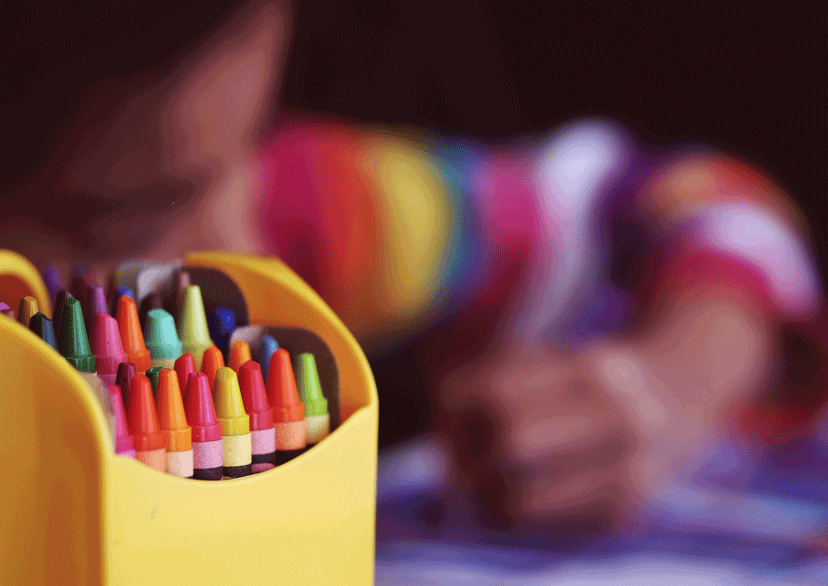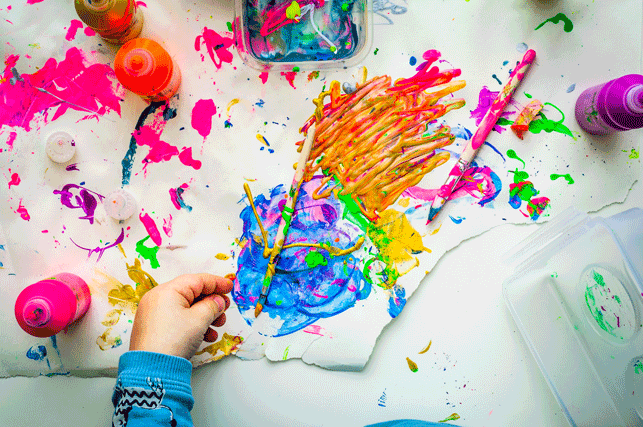*This article is part one of two of reflections on Art in Early Education
Experiencing art as an elementary student in school is fun, creative, and fosters new learning opportunities. Art in early education not only allows for students to express themselves creatively but confirms that learning interactively is effective. It is rewarding for students to see a project they made from scratch completed. While an arts education aids academic achievement, as research often cites, another way to look at art in early education is through the ancillary behavioural benefits it affords. With an arts education, children learn to reflect and question. In addition, they learn about community responsibility and self-expression. What this article focuses on more profoundly is how an arts education can teach young students about self-esteem and how it directly boost their self-image for the better.

Self-esteem develops in early childhood when children start to experience and define their capabilities. Developing healthy self-esteem from an early age, then, is integral as it directly leads to a higher level of self-confidence in the activities they choose to take part in.
Educators believe that arts education improves both cognitive and socio-emotional capabilities. Art education can include visual arts such as working with clay, drawing, painting, and the auditory arts, namely, music and poetry. With the opportunity to express themselves, children can give constructive criticism and praise, which aids in teaching how to receive this assistance from others. This type of learning, in turn, enables the arts to help develop a child’s self-esteem. For children that take their time on a project, there is a sense of accomplishment that follows. What this achievement offers the student is the chance to see not only the value of other’s work and the valuable time they put in but enables children to self-reflect on their creative process. This self-reflection is a crucial component to further developing their self-esteem as it generates a sense of both pride and uniqueness within the individual.

No matter what form of art students choose to take part in at school, they will learn real-world skills. Artmaking at an early age forces them to engage with critical thinking, motor skills from manipulating objects, and social skills. Self-esteem is also known to increase as a student becomes more confident in art class. This confidence comes in part from opportunities to express themselves in a classroom setting apart from the academic skills they develop. Being a part of an environment where their voice is heard and they, as an individual are seen, creates a sense of recognition that is critical to self-esteem, especially in spaces where a social comparison is paramount.
What is important here is the process, not the product, of the art creation. Often, children learn more when they take it upon themselves to explore a subject such as art, so it is so important to support such activities.
